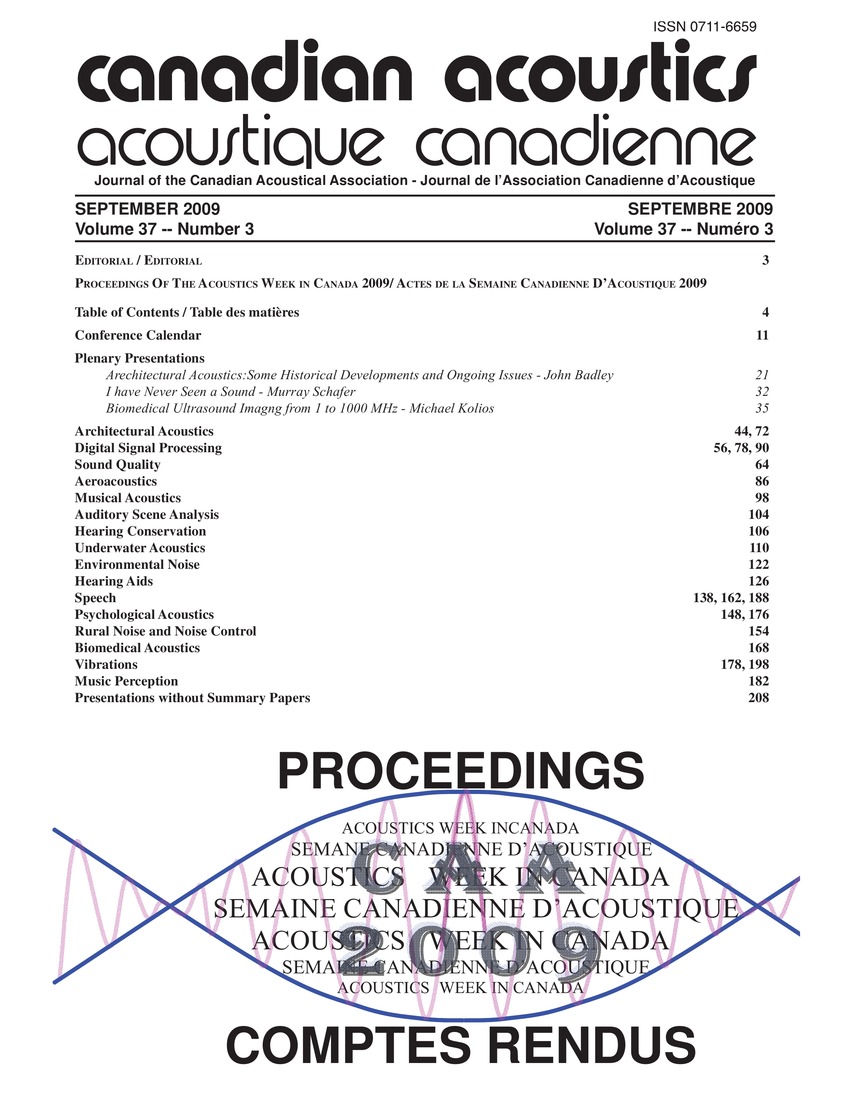Acoustic localization of an autonomous underwater vehicle
Keywords:
Broadcasting, Computer system recovery, Coordinate measuring machines, Gateways (computer networks), Modems, Submersible motors, Submersibles, Telecommunication systems, Underwater acoustics, Underwater ballistics, Underwater equipment, Underwater structures, Water craft, Acoustic localization, Acoustic modem, Acoustic pulse, Cartesian coordinate system, Co-ordinate system, Ice surfaces, Localization method, Network communications, Range localization, Teledyne, Through holeAbstract
A localization method was used to determine acoustic localization of an autonomous underwater vehicle (AUV). Localization referred to an estimate of the position of the AUV in relation to a coordinate system set up on the ice surface. A three dimensional Cartesian coordinate system was selected with origin corresponding to the deployment and recovery hole. Short range localization was conducted using a network of Teledyne Benthos acoustic modems where one of the modems was contained in the AUV. It was observed that around four modems were suspended through holes distributed over the ice surface. One of the modems was placed at the deployment and recovery hole and designated the gate modem in the arrangement for the method. All network communications were controlled through the gateway modem and the time for travel of an acoustic pulse between two modems was obtained using a broadcast or polling request.Additional Files
Published
How to Cite
Issue
Section
License
Author Licensing Addendum
This Licensing Addendum ("Addendum") is entered into between the undersigned Author(s) and Canadian Acoustics journal published by the Canadian Acoustical Association (hereinafter referred to as the "Publisher"). The Author(s) and the Publisher agree as follows:
-
Retained Rights: The Author(s) retain(s) the following rights:
- The right to reproduce, distribute, and publicly display the Work on the Author's personal website or the website of the Author's institution.
- The right to use the Work in the Author's teaching activities and presentations.
- The right to include the Work in a compilation for the Author's personal use, not for sale.
-
Grant of License: The Author(s) grant(s) to the Publisher a worldwide exclusive license to publish, reproduce, distribute, and display the Work in Canadian Acoustics and any other formats and media deemed appropriate by the Publisher.
-
Attribution: The Publisher agrees to include proper attribution to the Author(s) in all publications and reproductions of the Work.
-
No Conflict: This Addendum is intended to be in harmony with, and not in conflict with, the terms and conditions of the original agreement entered into between the Author(s) and the Publisher.
-
Copyright Clause: Copyright on articles is held by the Author(s). The corresponding Author has the right to grant on behalf of all Authors and does grant on behalf of all Authors, a worldwide exclusive license to the Publisher and its licensees in perpetuity, in all forms, formats, and media (whether known now or created in the future), including but not limited to the rights to publish, reproduce, distribute, display, store, translate, create adaptations, reprints, include within collections, and create summaries, extracts, and/or abstracts of the Contribution.


